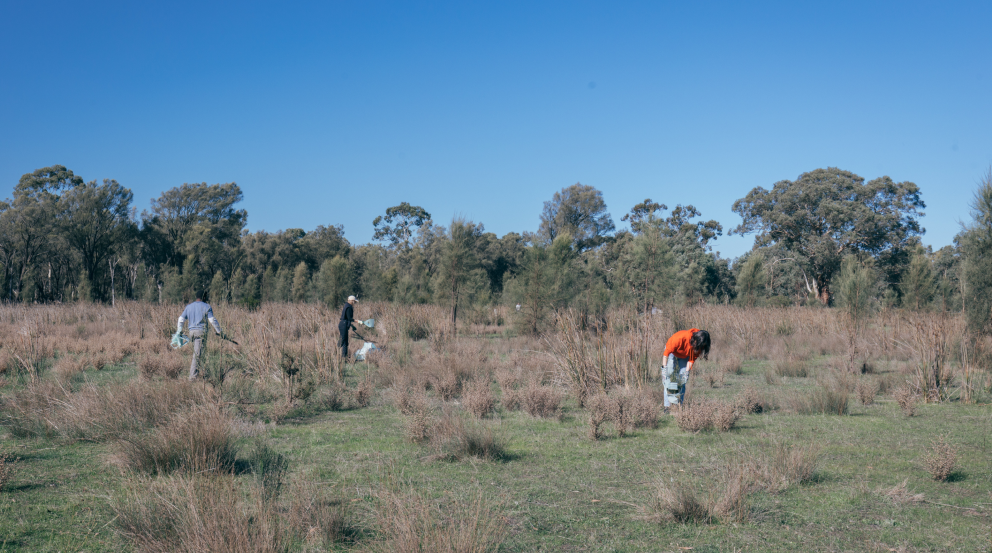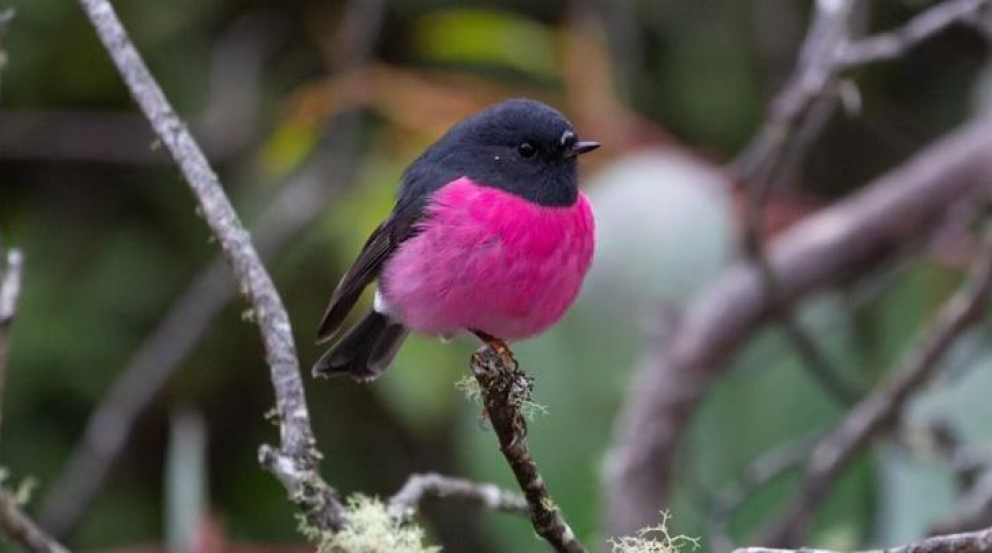Think you need a huge garden plot to grow your own food? Think again. You can grow veggies and herbs from a space as small as a windowsill. Here’s how.
There’s not much that beats the feeling of eating something you’ve grown yourself. When your tomatoes turn red, beans are ready to be picked, or basil plant finally has enough leaves to top a pizza, it makes you feel like you’re on your way to becoming a green-thumbed crusader like Costa.
But while you might think you need an acre block to grow your own food, you can actually make do with pretty limited space. Yup, even a windowsill is enough to grow something tasty. We chat to Paul Lehmann, nursery manager at the Dalki Garringa Native Nursery, to find out how it’s done.
Make use of the space you’ve got

Whether you’ve got a huge block, a north-facing courtyard, or a balcony that gets the morning sun, use the space you’ve got efficiently. Don’t have a garden bed? Use pots. Got a balcony? Grab yourself a few planter boxes to hang over the railings. Got a wall that gets a good amount of sun? Try a vertical garden. Got no space at all? Try a window box and grow sprouts and salad greens on your windowsill, or herbs and strawberries in a hanging basket.
Or, try an indoor farm. Last year, a few of our staff met the team at Farmwall (our customers!) to learn how to grow microgreens on top of a fish tank. It's something you can do too. Not only do you get tasty microgreens for salads, smoothies and sauces, you also get a few fish friends too.
Growing in pots?
Most veggies and herbs only need around 20 centimetres of soil to get their grow on, so pots are a great option if you’re planting in a courtyard or balcony.
“There are many good things about using pots rather than direct planting in the ground, but they can also lead to failures as well,” Paul says. “For example, growing in pots gives you the ability to move them to get the right amount of sun, but can mean they will dry out faster, so use a pot saucer.”
The best pots are square or rectangular ones, as they don’t waste space like round pots.

“Choose the best-sized pot for your plant and its growing location,” Paul says. “Too small and you run the risk of becoming root bound, which can lead to its own set of future problems. Always go bigger than you think you need.”
Choose the right plants…
The most important tip when it comes to backyard gardening is to plant what you like eating. After you’ve put in the hard yards of establishing a little garden, you want to be able to enjoy the literal fruits of your labour!
“Fool proof vegies are the best option for beginner gardeners. The Three Sisters (or companion planting) always work well. Sprinkle any type of onion, loose-leaf lettuce and carrots onto the soil surface and water in. Do not cover with soil as these seeds like to “see the sun”. Let the stronger plants go to seed for next planting and pick as you need. This gives you a pot that just keeps on giving!” Paul says.
It’s also worth planting fast-growing veggies that taste best when they’re freshly picked, like peas, beans, and herbs.

… and avoid the wrong ones
Don’t get us wrong, we love a good pumpkin, but veggies like pumpkins, potatoes and leek are slow-growers and take up a lot of space.
Find your light
Some plants, like chilli, capsicum, tomato, zucchini and herbs, love direct sunlight, so make the most of sunny spots around your house and garden. If your patch of garden only gets a few hours of sun each day, opt for shade-loving plants like spinach, kale, lettuce and parsley.
Give your plants space
If you overcrowd your plot, pot or basket, plants will fight for nutrients and may not grow as well as they could. Make sure you give your seeds/seedlings the right amount of room so they can flourish.
Get some good advice
“Internet searching for advice is flirting with failure, as it may not seem obvious that a site is advising people in the northern hemisphere! There is also a lot of myth and mystery online and it seems like everyone is trying to sell something,” Paul says.

Instead, go local.
“Talk to the neighbour who has that front yard that looks like everything is growing with ease, or join a garden club or Community Garden,” Paul suggests. “And remember, there is no such thing as a stupid question. You might get a stupid answer, as us older gardeners have pretty much heard them all!”
Your local nursery can also provide you with some top tips on what will grow well in the space you’ve got, as well as load you up with a quality potting mix.
Need more than a pot or two?
With the rise in apartments and townhouses – and reduced outdoor areas – there’s been an increase in community gardens, garden allotments and footpath planter boxes in major cities across Australia. These are all great ways to grow (and share) fruits and veggies without compromising on space. Check in with your local council about whether you can install a footpath planter outside your place, or investigate community gardens and plots local to you.
Keen to try your hand at growing natives in your backyard? Here are some tips from gardener Paul Lehmann.



.png)




.webp)